Suzuki Vitara vs Volvo EX30 – Differences & prices compared
Everyday use, family trips or long-distance drives – here’s where the differences show.
Discover whether Suzuki Vitara or Volvo EX30 fits your lifestyle better.
Costs and Efficiency:
Looking at overall running costs, both models reveal some interesting differences in everyday economy.
Suzuki Vitara has a clearly perceptible advantage in terms of price – it starts at 23600 £, while the Volvo EX30 costs 33000 £. That’s a price difference of around 9420 £.
Engine and Performance:
Power, torque and acceleration are the classic benchmarks for car enthusiasts – and here, some clear differences start to show.
When it comes to engine power, the Volvo EX30 has a clearly edge – offering 428 HP compared to 129 HP. That’s roughly 299 HP more horsepower.
In acceleration from 0 to 100 km/h, the Volvo EX30 is clearly quicker – completing the sprint in 3.60 s, while the Suzuki Vitara takes 9.50 s. That’s about 5.90 s faster.
In terms of top speed, the Suzuki Vitara performs barely noticeable better – reaching 190 km/h, while the Volvo EX30 tops out at 180 km/h. The difference is around 10 km/h.
There’s also a difference in torque: Volvo EX30 pulls convincingly stronger with 543 Nm compared to 235 Nm. That’s about 308 Nm difference.
Space and Everyday Use:
Cabin size, boot volume and payload all play a role in everyday practicality. Here, comfort and flexibility make the difference.
Both vehicles offer seating for 5 people.
In curb weight, Suzuki Vitara is decisively lighter – 1255 kg compared to 1840 kg. The difference is around 585 kg.
In terms of boot space, the Suzuki Vitara offers somewhat more room – 375 L compared to 318 L. That’s a difference of about 57 L.
In maximum load capacity, the Suzuki Vitara performs a bit better – up to 1120 L, which is about 120 L more than the Volvo EX30.
When it comes to payload, Suzuki Vitara barely noticeable takes the win – 395 kg compared to 390 kg. That’s a difference of about 5 kg.
Who wins the race?
The Volvo EX30 proves to be is largely superior and therefore becomes our DriveDuel Champion!
Volvo EX30 is the better all-rounder in this comparison.
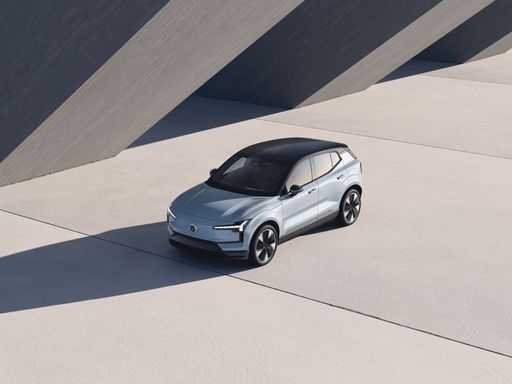
Volvo EX30
Suzuki Vitara
The Suzuki Vitara impresses with its compact design and robust stance, making it ideal for both urban and off-road adventures. Its sleek lines and modern aesthetics ensure it stands out on the road, complemented by a comfortable and high-tech interior. The Vitara offers a smooth and engaging driving experience, combining efficiency with practicality.
details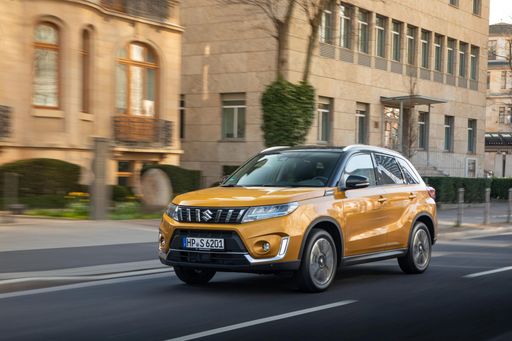 @ Suzuki
@ Suzuki
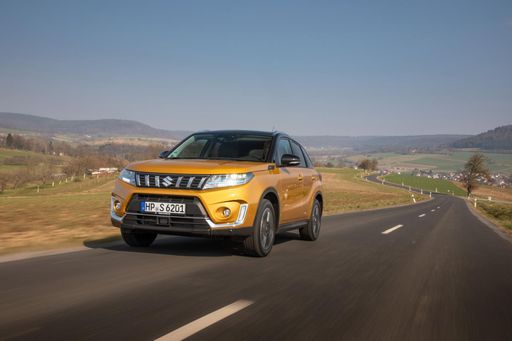 @ Suzuki
@ Suzuki
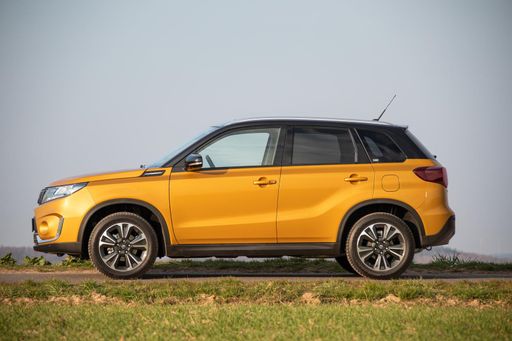 @ Suzuki
@ Suzuki
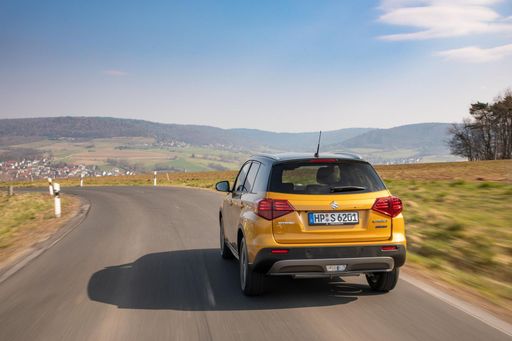 @ Suzuki
@ Suzuki
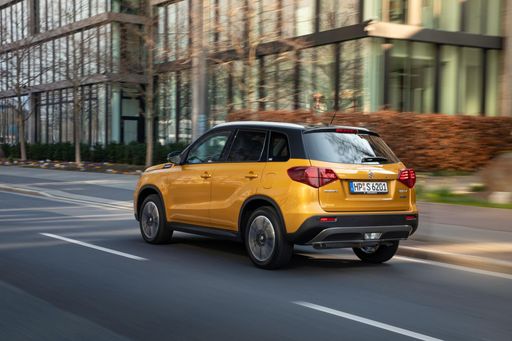 @ Suzuki
@ Suzuki
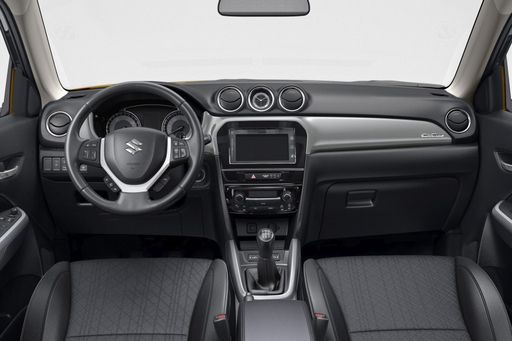 @ Suzuki
@ Suzuki
Volvo EX30
The Volvo EX30 represents a bold step forward for the brand, combining advanced technology with sustainable design principles. Its sleek and compact exterior belies a spacious interior that offers a premium driving experience. With a focus on safety and innovation, this model reflects Volvo's commitment to shaping the future of urban mobility.
details @ Volvo
@ Volvo
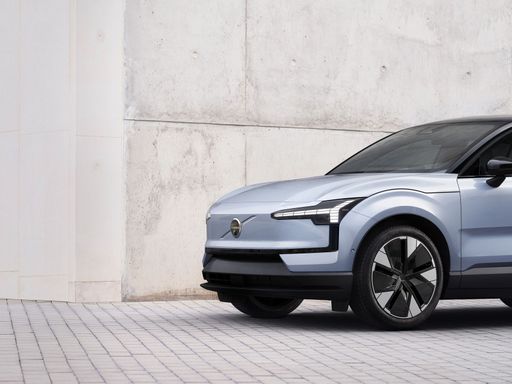 @ Volvo
@ Volvo
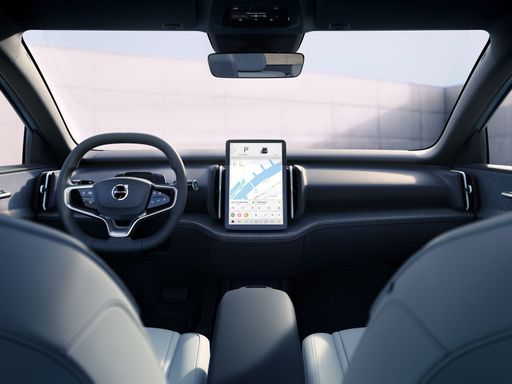 @ Volvo
@ Volvo
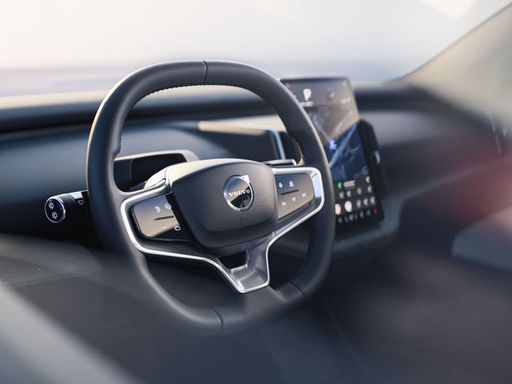 @ Volvo
@ Volvo
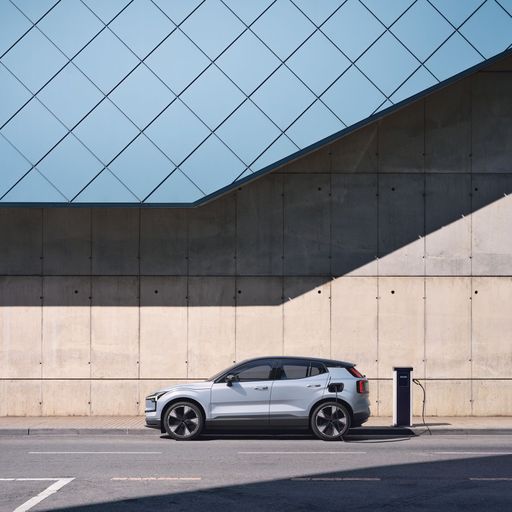 @ Volvo
@ Volvo

|

|
|
|
|
Costs and Consumption |
|
|---|---|
|
Price
23600 - 30900 £
|
Price
33000 - 49100 £
|
|
Consumption L/100km
5 - 5.6 L
|
Consumption L/100km
-
|
|
Consumption kWh/100km
-
|
Consumption kWh/100km
17 - 18.7 kWh
|
|
Electric Range
-
|
Electric Range
339 - 476 km
|
|
Battery Capacity
-
|
Battery Capacity
49 - 65 kWh
|
|
co2
113 - 129 g/km
|
co2
0 g/km
|
|
Fuel tank capacity
47 L
|
Fuel tank capacity
-
|
Dimensions and Body |
|
|---|---|
|
Body Type
SUV
|
Body Type
SUV
|
|
Seats
5
|
Seats
5
|
|
Doors
5
|
Doors
5
|
|
Curb weight
1255 - 1395 kg
|
Curb weight
1840 - 1960 kg
|
|
Trunk capacity
289 - 375 L
|
Trunk capacity
318 L
|
|
Length
4185 mm
|
Length
4233 mm
|
|
Width
1775 mm
|
Width
1838 mm
|
|
Height
1595 mm
|
Height
1550 - 1567 mm
|
|
Max trunk capacity
1046 - 1120 L
|
Max trunk capacity
1000 L
|
|
Payload
375 - 395 kg
|
Payload
370 - 390 kg
|
Engine and Performance |
|
|---|---|
|
Engine Type
Petrol MHEV, Full Hybrid
|
Engine Type
Electric
|
|
Transmission
Manuel, Automatic
|
Transmission
Automatic
|
|
Transmission Detail
Manual Gearbox, Automated Manual
|
Transmission Detail
Reduction Gearbox
|
|
Drive Type
Front-Wheel Drive, All-Wheel Drive
|
Drive Type
Rear-Wheel Drive, All-Wheel Drive
|
|
Power HP
116 - 129 HP
|
Power HP
272 - 428 HP
|
|
Acceleration 0-100km/h
9.5 - 12.7 s
|
Acceleration 0-100km/h
3.6 - 5.7 s
|
|
Max Speed
180 - 190 km/h
|
Max Speed
180 km/h
|
|
Torque
235 Nm
|
Torque
343 - 543 Nm
|
|
Number of Cylinders
4
|
Number of Cylinders
-
|
|
Power kW
85 - 95 kW
|
Power kW
200 - 315 kW
|
|
Engine capacity
1373 - 1462 cm3
|
Engine capacity
-
|
General |
|
|---|---|
|
Model Year
2024
|
Model Year
2024 - 2025
|
|
CO2 Efficiency Class
D, C
|
CO2 Efficiency Class
A
|
|
Brand
Suzuki
|
Brand
Volvo
|
What drivetrain options does the Suzuki Vitara have?
Available configurations include Front-Wheel Drive or All-Wheel Drive.
The prices and data displayed are estimates based on German list prices and may vary by country. This information is not legally binding.
